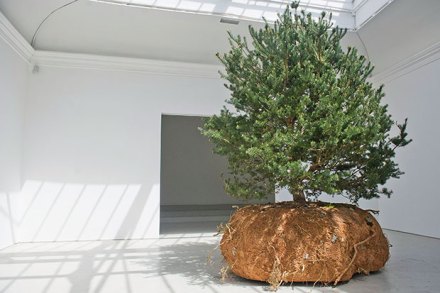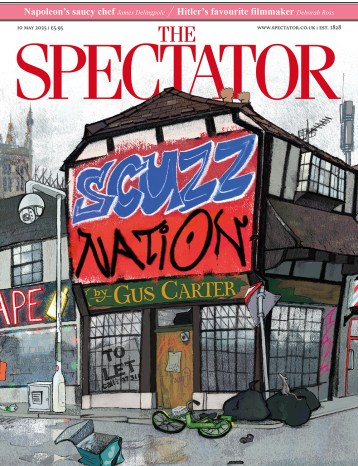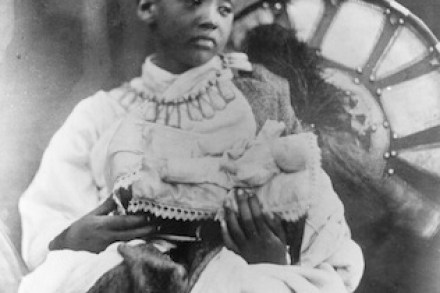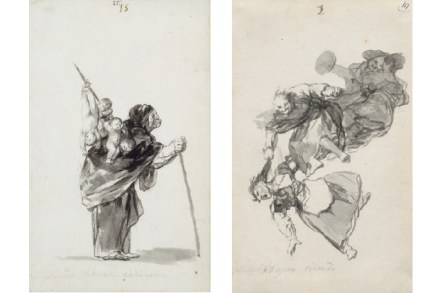More Marx than Dante
At the start of Canto XXI of the ‘Inferno’, Dante and Virgil look down on the pit of Malebolge, the Eighth Circle of Hell, in which sinners guilty of simony, hypocrisy and graft are punished. The last of those spend eternity immersed in a river of bubbling pitch. This sinister black liquid, the poet noted, looks much like the tar that Venetians boil up in their arsenal to smear over the hulls of their ships. Those lines came to mind more than once as I walked around the 56th edition of the Venice Biennale, not least because a large section is installed in the ancient buildings of that very Arsenale.













